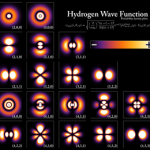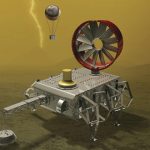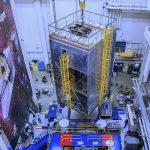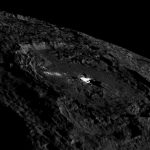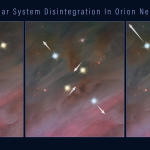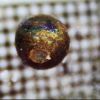The prospect of discovering alien life on any one — or several — of the Trappist-1 planets has captivated the imaginations of the people of Earth since NASA broke the news of the red dwarf star’s treasure trove of Earth-sized worlds, not to mention the fact that three — and later four — of the seven planets were located within the star’s habitable zone. And now, a study has emerged presenting the probability with which alien life might have prospered within the Trappist-1 planetary system through panspermia (that is, moving from world to world via collision and or ejecta transference).

